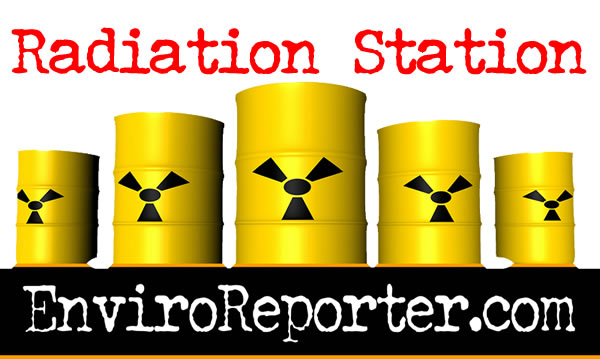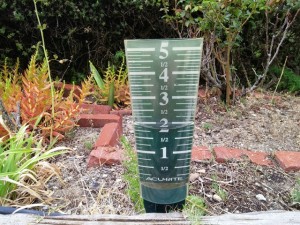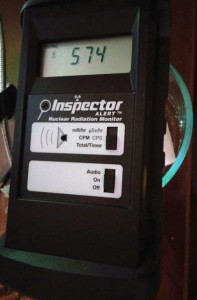INACTIVE
Dale Ramicone
Handle: Dr Solar

THANK YOU DR SOLAR FOR RADIATION STATION GLENDALE CALIFORNIA!!!
ONLINE LIVE STREAMING 24/7 365 DAYS A YEAR
April 8, 2011 – October 3, 2018
7 years, 5 months, 26 days
2,736 days
Inspector Alert detecting in Counts Per Minute (CPM) NA means Not Available
93 special tests as of October 18, 2018 – PAST TESTING
Fukushima, 5 years on by Dale Ramicone March 11, 2016
 2016/04/07 at 7:35 pm
2016/04/07 at 7:35 pm
Light Glendale Rain 11 AM:
10 min average background 41.9 CPM
10. min average rain sample 46.2 CPM
2016/03/11 at 2:57 pm
2nd test 3:14 pm – 3:00 pm
10 min average rain sample: 45.2 CPM
pretty close to BG, 40.6 CPM
1st Rain test 2:00 pm – 2:15 pm
10 min average background: 40.6 CPM
10 min average rain sample: 42.8 CPM
2016/03/05 at 11:17 pm
Rain sample taken in Glendale CA on 3/5/2016 at 10:30 pm, during light rain.
Background :
10 minute average: 39.2 cpm
Rain sample:
10 minute average: 49.1 cpm
[Rain is 25.3% above background]
2016/01/06 at 11:41 am
~11:15 am PST INT RSGC RAIN SAMPLE: 51.9 CPM which is 30.4% over background
~11:00 am PST INT RSGC BG: 39.8 CPM
2015/12/13 at 7:28 pm
Glendale Rain 44.2 CPM
Background 42.5 CPM
Sample taken Dec 13th 2015 at 6:50 PM
Looks like we have cool rain at Radiation Station Glendale, California
2015/09/15 at 11:51 am
Rain in Glendale Sept. 15th 2015.
Sample 36.1 CPM, Background 44.1 CPM
The sample was gathered from raindrops collected on leaves at 11:30 AM. The background reading was from the dry container and paper towel used to gather the rain drops. Looks like the rain added nothing to the count, so this rain from tropical moisture is uncontaminated.
2015/07/19 at 6:08 pm
NA am INT Radiation Station Glendale California: 41.4 CPM
NA am INT RSGC RAIN SAMPLE: 43.6 CPM or NORMAL BACKGROUND
2015/07/18 at 10:37 am
10:35 am INT Radiation Station Glendale California: 44.2 CPM
9:55 am INT RSGC RAIN SAMPLE: 44.1 CPM or NORMAL BACKGROUND
2015/03/02 at 4:07 pm
Glendale rain activity measures near normal March 2nd, 2015
44.2 CPM sample from brief but intense shower
40.2 CPM background
Even though the rain shower was briefly intense and produced 1/8″ of rain in about 30 minutes, there was no thunderstorm activity. The radiation measurement was only about 10% above background, well withing normal variation of background levels. This is good news!
2015/02/23 at 7:49 pm
New rain measurements for the Los Angeles area:
I measured moderate activity in today’s briefly heavy rain storm that passed through Glendale, CA. I say moderate because I consider anything at 3X background or higher to be high activity. But this sample came it at slightly more the 2X (115%) background. Both the sample reading and the background reading are taken as 10 minute averages.
Sample: 97.3 CPM
Background: 45.2 CPM
Today’s storm (and it was accompanied by lightning) dumped a quarter of an inch of rain in about an hour. The rain rate was pretty impressive, and any rain for California is a good thing (moderately hot or not).
[Editor: Actually Dr Solar’s rain reading was 57.4 CPM which was 44.6% over background]
I’m just happy that we are not seeing anything sizzling. These trace readings are good news.
52.4 vs. 39.7 CPM. That is almost 32% over BG. Not very hot.
Getting a pretty good rain shower, taking a sample right now. According to the weather forecasters, this is an inside slider coming from the north, having spent some time inland. I’m thinking it will not be hot since it is not particularly vigorous atmospheric activity, but we will see.
2015/02/09 at 10:17 pm
On 2/1/2015 I detected hot rain in Glendale, CA, along with a similar detection by Michael Collins in Santa Monica, CA. Our two locations are separated by about 15 miles. My reading of 121 CPM rain was surprising since I had not seen anthing this active in our area for some time. I wondered if this was just a fluke, or was something different happening now. I commented how surprising the storm was since it moved in quickly, and was even accompanied by lightning. However, 3.3 times background was even more surprising once Michael and I had checked our samples.
Unfortunately, we don’t see a lot of rain in the Los Angeles area during the ongoing California drought. However, I was traveling to the San Francisco area this past weekend and had an opportunity to check the rain in Union City, CA. Union City is located in the San Francisco Bay area about 350 miles NW of Los Angeles.
There were two storms in the Bay area last weekend. I was a little late arriving to the Bay area on Saturday and I did not sample the first storm. Sunday morning at 9:00 AM, I sampled the second storm which was moving very rapidly and was accompanied by 45 mph winds. It was heavy rainfall at 7:00 AM, and at 9:00 AM it was easing quite a bit so I took two samples which were slightly active, measuring 43.3 CPM, and 42.9 CPM compared to background radiation at 29.3 CPM. Later in the day there was clearing followed by a light shower. I took another sample at 3:00 PM and found that it was right at background, 28.0 CPM.
I’m thinking that the more vigorous the storm, the more vertical mixing there is in the atmosphere. Strong updrafts and downdrafts may be bringing radidoactive particles down from higher aloft where the can be washed out to the ground by the rain. It’s a just a theory, but what we really need to know is, where is it coming from and what, exactly, are the radioactive particles involved. I doubt they are radon daughters, since these storms sweep in from the Pacific. Santa Monica in particular is literally right on the coast, Union City, too, is right off San Francisco Bay, and the wind and rain had been moving in rapidly for hours before I took my samples.













Recent Comments